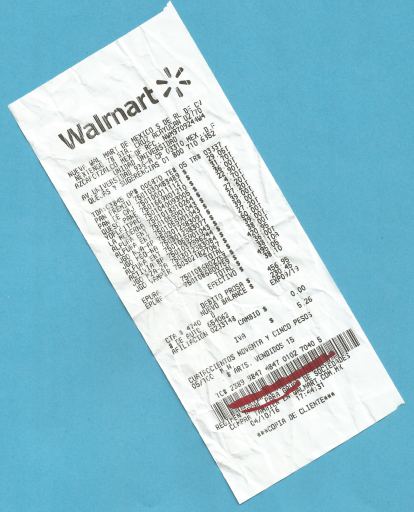ICU readmissions are costly and most of the early ICU readmissions in the United States are potentially avoidable. After the US Govts push towards reducing avoidable readmissions, there has been a surge in research and analyses for reducing the readmission rates. Widespread adoption of Electronic Health Records(EHRs) has made large amount of clinical data available for analysis. It has provided new opportunities to discover meaningful data-driven characteristics and implement machine learning algorithms. Sequential characteristics present in EHR data can be harnessed using state-of-the-art deep learning algorithms. While there has been rapid adoption of deep models in many domains, in Healthcare sector however, their adoption has been slow owing to lack of interpretability of these black-box models. Hence, many clinical applications still prefer simple but interpretable machine learning models. In this project, we have implemented a Knowledge-Distillation approach called Interpretable Mimic Learning for predicting 30-day ICU readmissions. Using this approach, the knowledge of deep models can be transferred to simple and interpretable models and we can combine accuracy and sequential learning of deep models with interpretability of simple models.
[Read More]Predicting all-Cause 30-Day ICU Readmissions Using Robust Feature Selection
Immature ICU discharge leads to early readmission. Most of the ICU early readmissions can be avoided and a significant amount of treatment costs can be saved. To be able to successfully predict readmission, prediction model should be interpretable so that the issues ignored while discharging a patient from ICU are properly identified. Complex machine learning models are not easily interpretable and consequently they are ineffective for clinicians. Therefore, our aim was to develop a prediction model which achieves a high discriminating characteristic and also is interpretable enough so it can be used to prevent the occurrence of early readmissions. In this project, we separated feature selection and modeling steps to build a robust predictive pipeline to predict 30-day all-cause ICU readmissions. Our model identified 24 highly predictive features which at best achieved prediction with 90% accuracy using simple logistic regression.
[Read More]Receipt OCR Classifier
Computer Vision based solution to parse and classify receipts images
| Classification Algorithm | Support Vector Classifier |
| Language | Python 3.5 |
| Libraries | OpenCV, Tesseract, scikit-learn |
| Source Code | Receipt Classifier |
Dominick Finer Food (DFF) Data Warehouse
Design and implementation of Data Warehouse for a Retail Store with Store-level Data
Dominick’s was a retail store chain founded in 1918 and headquartered in Illinois. The data being analyzed in this report is from Dominick’s Fine Food’s (DFF) database through Chicago Booth collected after both formed a partnership for store-level research into shelf management and pricing. The data encompasses 25 product categories sold at DFF’s 100 retail chain stores located in the Chicago metropolitan area over the years from 1989 to 1997. The research is of the data and developing a data warehouse on top it, would help DFF systematically analyze the factors that influence product sales. This project aims at formulating business questions and develop a Data Warehouse to answer these business questions.
[Read More]